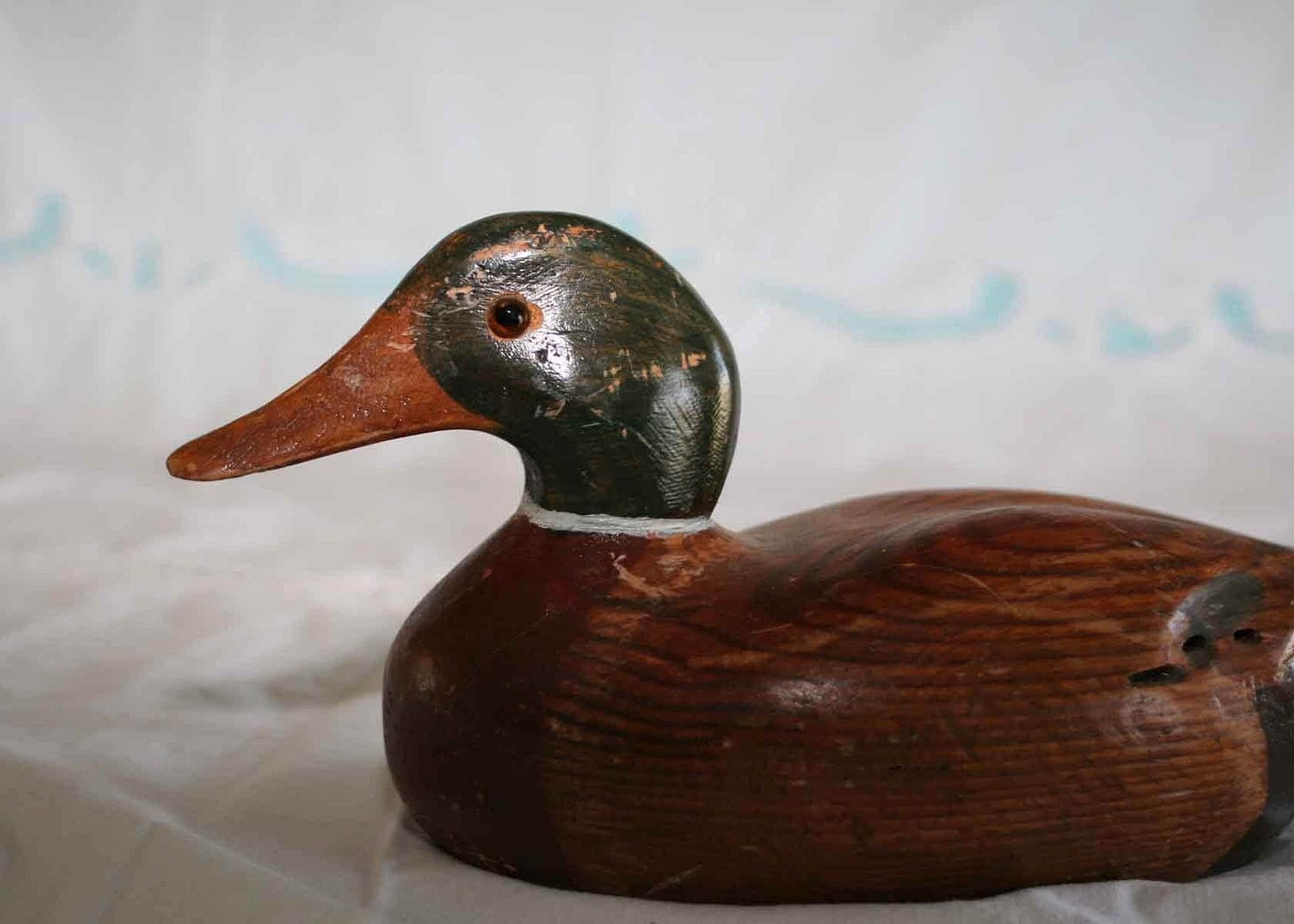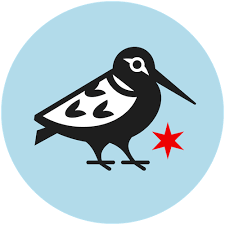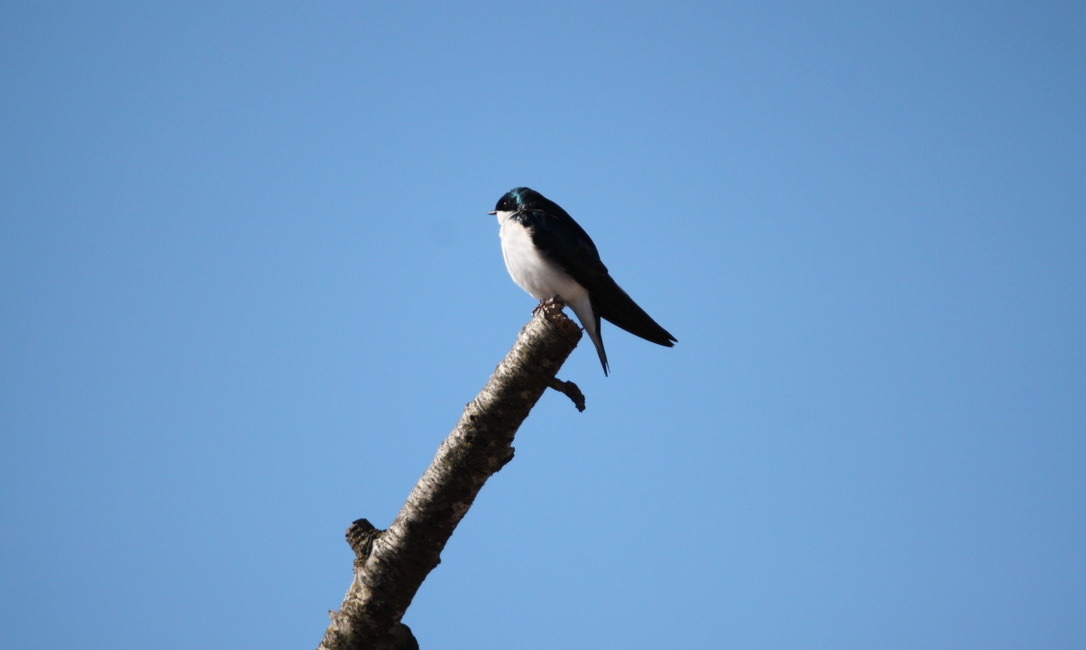Going quackers: the glories of Lord Mallard
Birds and people come together in strange ways.

Humans and birds interact with each other in peculiar ways. One of those ways is in the form of a tradition that started nearly 600 years ago and lives on to this day.
According to legend, a very large Mallard flew out of a drain during the construction of All Souls College, one of the many colleges that make up Oxford University in England. All Souls isn’t an undergraduate college, but one of the most competitive postgraduate schools in the world, made up of very accomplished scholars. It’s been an esteemed center of humanistic inquiry and intellectual thought for ages.
Something about the big Mallard left an impression, because that one incident, though possibly apocryphal, led to a strange tradition that persists to this day. At times the Mallard has been portrayed as a sort of barbarous enemy. At other times, it’s viewed with respect.
That initial encounter in the 1430s was memorialized by the Mallard Song. Here the duck is portrayed as “swapping,” which is another way of suggesting it was aggressive:
The Griffine, Bustard, Turkey & Capon
Lett other hungry Mortalls gape on
And on theire bones with Stomacks fall hard,
But lett All Souls' Men have ye Mallard.
CHORUS:
Hough the bloud of King Edward,
By ye bloud of King Edward,
It was a swapping, swapping mallard!
By the 16th century, the Oxford fellows, or dons, were marching around the campus with sticks and poles at night, looking for a Mallard and singing the song. Picture 40 or so people in caps, gowns, stoles, and hoods. It was a twice-annual occasion, held with the college gaudies, which are a sort of traditional campus feast. But by 1601, the idea was to once a century march behind a stuffed Mallard that had been placed on a pole. The tradition was never to be seen by anyone but the college fellows.
One could easily live a lifetime without experiencing a Lord Mallard march. That’s the challenge with traditions that take place once every 100 years. Originally the Mallard was a live bird, by 1901 a dead bird was paraded, and by 2001 a wood carving was celebrated. In the most recent event, Dr. Martin West served as “Lord Mallard,” and the younger fellows hoisted him in a chair while he held the Mallard on a pole.
The Mallard is a species that many of us take for granted, as they appear to be so abundant, both here and overseas. While the Mallard custom might seem strange, it’s likely no less so than myriad aspects of our modern conception of birding. As anyone who’s observed someone “calling in” an owl or pishing for a sparrow may attest.
The Lord Mallard tradition has been a constant, through an English Civil War, two World Wars, and Brexit. And it likely will be in the centuries ahead also.
A school that rocks
My daughter’s school is the best of our society, a rich pastiche of cultures and languages guided by caring administrators and faculty.
The school and surrounding grounds are probably 100 years old. Until a few years ago, the schoolyard left a lot to be desired, although it didn’t seem the kids ever noticed it given their enjoyment of soccer, football, or kickball. The one basketball court was a patch of concrete about the size of a single 3-point arc. The baseball “diamond” was just a lumpy, rock-hard oval with a single section of fence as backstop.
Sometimes the few grassy areas would pool up with water after a rain or during the freeze-thaw cycle of spring. One day the kids said a couple of Mallards showed up in the pond. I didn’t believe it until one afternoon when I saw the Mallards myself.
The pond is gone now and that’s because of an expansive renovation, led by the city and our parent fundraising group. The baseball “diamond” and the duck pond have been replaced with a full court for basketball, a turf soccer field, and even a small track. The space is used throughout the year, and kids delight in being able to play soccer and basketball on updated equipment.
Now it’s the time of year when we have our largest fundraiser. The goal is continued improvements to the school grounds—think native plant gardens—and funding for arts programs and technology.
The auction runs from now through next Monday, March 17. If you’re interested, click the button below; you’ll also see a Piping Plover related item you might enjoy, but there are many worthy items and experiences on the auction website.
Peent! It’s that time of year
If it’s March in the Midwest, that means American Woodcocks are on the way. It doesn’t take much to get woodcocks, aka timberdoodles, to migrate north. On the first somewhat mild day in March, they’re back in these climes, probing for worms in our woodlands and wet meadows.
Chicago Ornithological Society (logo above) is marking the occasion with a series of woodcock walks led by friend of TWiB, Edward Warden. Check out the full schedule, starting March 28. Walks start at sundown, and there’s a good chance you’ll experience this remarkable bird performing its legendary sky dance.
If you liked today’s post, you also might like this past post:
Spring arrival dates for common birds
This February seems to be even drearier than usual. It may be because it’s one of the mildest in 150 years. Or that the lack of snow and ice—just 3.9% percent of the Great Lakes are frozen—is making this February even more muted.







I like the mallard tradition but this came out of people at the very top of society having nothing else to do. These are the fruits of smirking exclusion.
What an odd, interesting story about the Oxford Mallard :)
Will be hanging with the woodcocks this weekend!